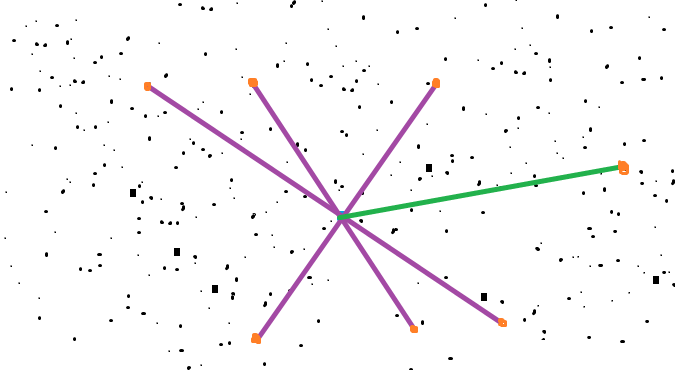i was wondering what is the difference to these two types of altimeters: Barometer or Accelerometer? what are the pros and cons to both sides? which in your opinion is better and how have they resulted in past or memorable flights individually.
p.s still on my research phase of my rocket and knowledge from veterans at this will be extremely appreciated.
p.s still on my research phase of my rocket and knowledge from veterans at this will be extremely appreciated.



